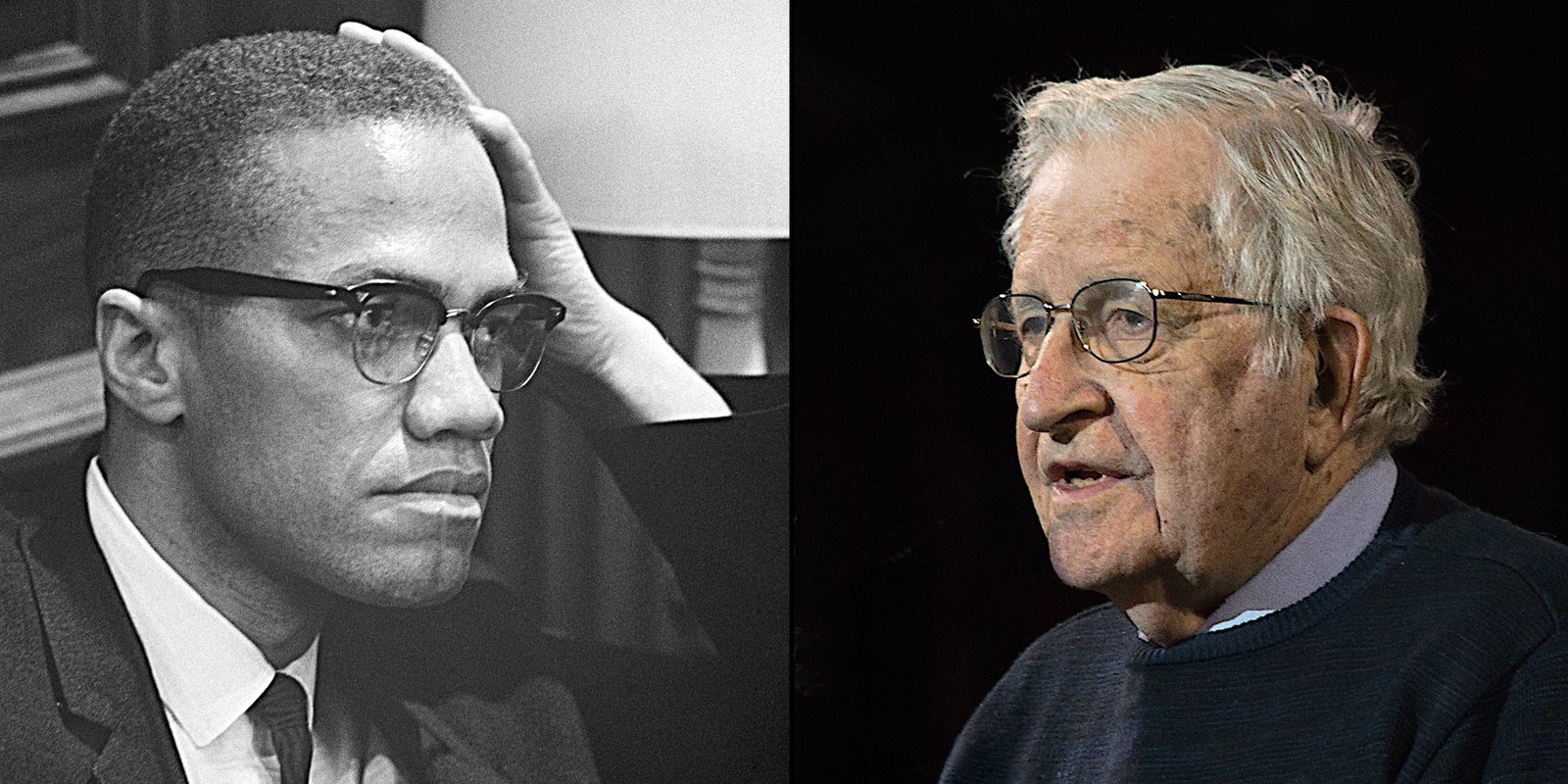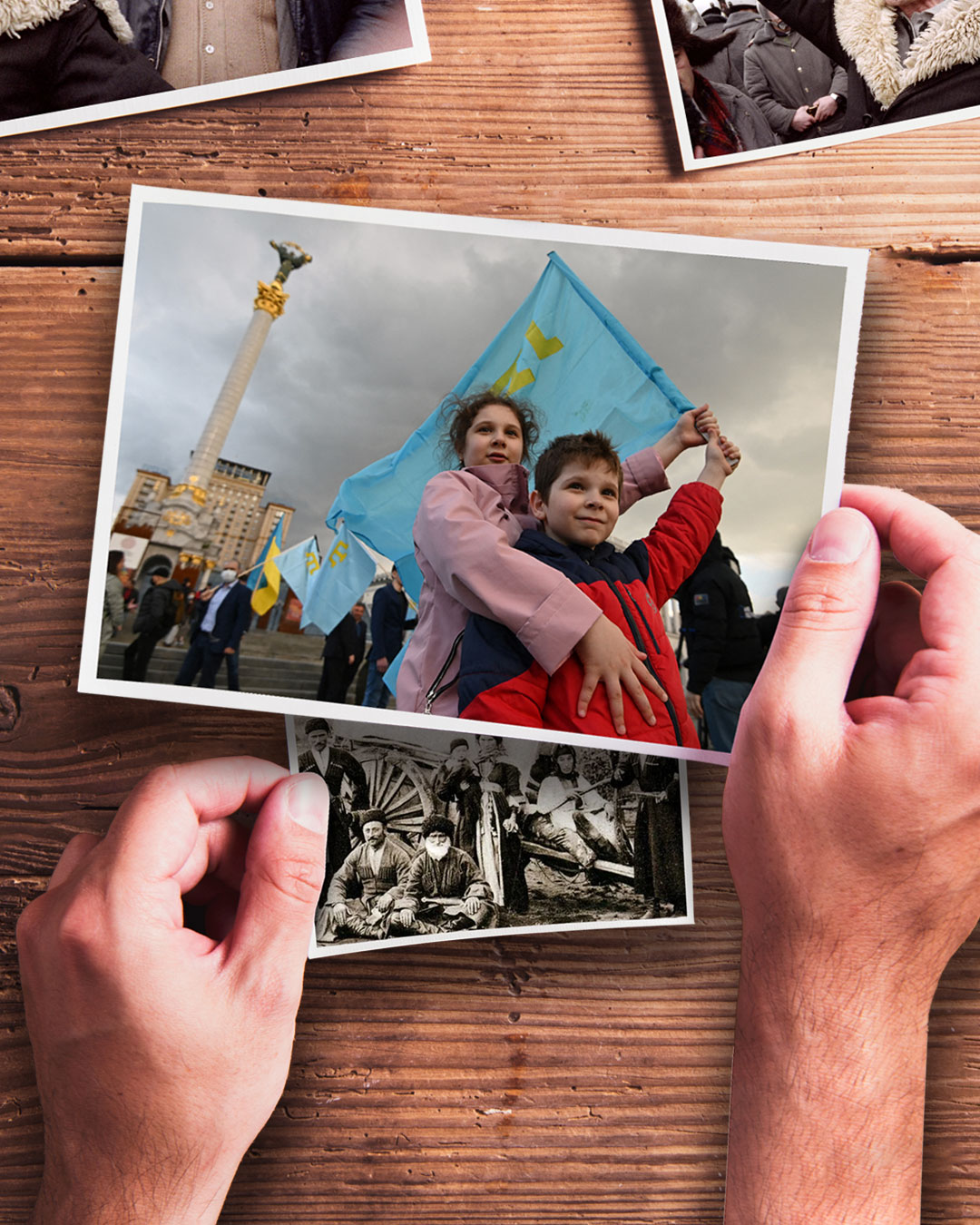In today’s fast-paced digital world, it’s scary how quickly false information can spread. Many people live in their own online bubbles, only seeing the world through the channels and social media accounts they follow. This can be a problem because when fake news gets into their bubble, they often believe it without checking if it’s true or not.
I decided to illustrate this issue using Blender 3D, in my video, you’ll find a man sitting in a dark basement, surrounded by many old TVs. He’s munching on fast food and throwing the empty boxes around him. This scene is a symbol of consumerism, where people mindlessly consume things, and the man’s isolation in the basement represents how people isolate themselves in their own little online worlds. The many TVs symbolize the different accounts and sources people follow. But here’s the twist: all these TVs are showing the same message.

Malcolm X‘s powerful quote, “The media is the most powerful thing in the world. It can make innocent people look guilty and guilty people look innocent,” finds a kindred spirit in the words of Noam Chomsky, who aptly stated that “propaganda is to democracy what violence is to a dictatorship.” The implications of this thought are profound. In our current digital landscape, the unchecked spread of fake news is fueling division and polarization among people, posing a significant threat to the very essence of democracy.
The alarming reality is that even well-respected media outlets have played a role in amplifying false information because they announce breaking news without thorough fact-checking. This situation only adds to the confusion and further deepens the divides within society. In a world where information has the power to influence public opinion and shape political decisions, the responsibility of the media and individual consumers alike to exercise critical thinking and fact-checking cannot be overstated. It is imperative that we remain vigilant for the strength and health of our democracy hinge on our ability to differentiate fact from fiction and to foster a more informed, united society.
For this project, I used Blender 3D to model the TVs and the room, Adobe After Effects for the visual effects, and Adobe Premiere Pro for editing, coloring, and sound design. similar projects here, here, and here.
Get the 3D models from here



